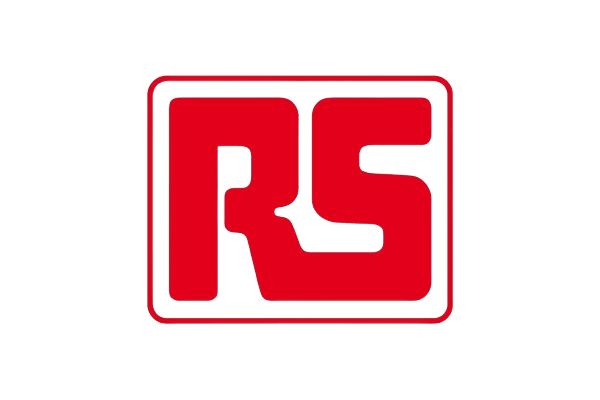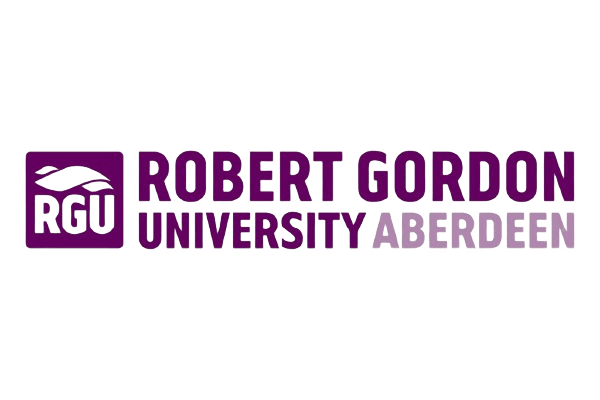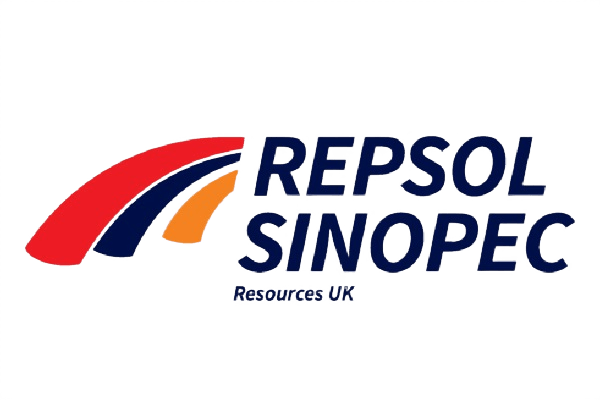Learn how you can leverage maintenance data to maintain business continuity amid labour and talent shortages.
Today, many plants struggle to keep up with sky-high consumer demand and expectations while combatting ongoing labour shortages. One major challenge is hiring enough talent to fill second and third shifts. Over the past several years, it has become especially challenging to find experienced technicians, as more and more maintenance experts retire from their positions. Hiring, onboarding, and retaining skilled workers is the biggest challenge for 48% of manufacturing companies, according to Advanced Technology.
Maintenance data can help teams navigate these challenges more effectively. Keep reading to learn how you can leverage maintenance data to standardize your maintenance approach, automate certain functions, proactively monitor asset health and performance, and much more, so you can maintain business continuity amid labour and talent shortages. We’ll also talk about the difference between big data and smart data, and how to plan your data collection strategy.
What is Maintenance Data?
Maintenance data includes all the information you collect about your assets and your maintenance team’s activities. Maintenance data includes raw data, from route-based vibration measurements and temperature measurements to work order histories, KPIs, and other maintenance metrics. Raw data is often challenging to interpret into actionable insights. But once it’s been organized and analyzed, maintenance data can provide powerful insights into what’s working – and what’s not working – across your entire operation. For example, your maintenance data can often tell you which assets need to be serviced when, and which are at risk of breaking down, so you can resolve problems before they lead to failure.
Data Sharing and Transparency
Data sharing can help your operation break out of its silos and get all your teams on the same page. A cloud-based CMMS software like eMaint integrates data from multiple sources and provides a single, shared access point for your whole operation. However, not all data is created equal. Rather than getting bogged down with useless, nonactionable data, it’s a good idea to plan your data collection to focus on “smart” data.
What is Smart Maintenance Data?
Christian Silbernagel, a strategic enterprise account manager at Fluke Reliability, often warns maintenance managers against building up a data lake filled with useless information. “There’s no value in collecting data for its own sake,” Silbernagel cautions. “Instead, focus your data collection efforts on the ‘gold nuggets’.” In practical terms, that could mean collecting machine health and performance data from critical assets, for example, vibration measurements and temperature trended over time. Or, leveraging your work order histories to learn that a particular machine needs the oil changed every 18 months, rather than every two years. It also means structuring your maintenance data so that you can analyze it in context. No two assets are exactly the same, so vibration measurements will have different significance depending on the asset they come from.
Actionable, contextualized data can help you build reliable KPIs so that you can plan a strong maintenance strategy. This is known as “smart data.” Successful plants are shifting away from a broad, Big Data approach to a more nimble strategy focused on smart data. This smart data lets you focus on the actions that matter most, so you can keep your operations running smoothly even with a lean team. That shift doesn’t happen on its own. Take some time to think about the kind of data you need to run your operation more efficiently. Plan out a new data collection and storage approach, one that will make the most of your capabilities.
That means you have one, singular source of truth instead of a dozen different access points. It also means that you can bring together insights from all over your operation. Teams will be able to see what works – and what doesn’t work – and learn from each other. Data sharing also makes it easier to standardize maintenance practices. When all your data, from work orders to maintenance KPIs, are together on your CMMS, your teams won’t have to reinvent the wheel every time something comes up. Surveying industrial maintenance companies, Advanced Technology found that 80% of companies link a CMMS to increased productivity. Blueprint a solution or a set of best practices and replicate it at each of your sites. Track its success on your CMMS so that decision-makers will be able to see that it’s working. Suddenly, a successful maintenance approach becomes much easier to scale.
Outsourcing and Data Management
Most operations today don’t have the capability to analyze raw data on their own. CMMS and AI-powered software can help your teams sift through piles of data. In fact, these software tools are making a huge difference already. But on its own, software isn’t enough to help maintenance crews identify and diagnose machine faults. Software is just part of the puzzle; it’s like the triage team in a hospital that spots a sick patient and makes a hypothesis about what’s ailing them. If you want to correctly diagnose the problem, you’ll still need human expertise to put the data into context and explain it.
Our team of connected reliability experts can help. Whether you need a one-time consultation or ongoing monitoring assistance, our experts are on-hand to assist. Working with experts means that your teams are free to focus on the work that they do best – so that your operation will run more smoothly and meet its goals.
Content Courtesy of Fluke Reliability. Optimal is a Fluke Reliability Platinum Partner.

















